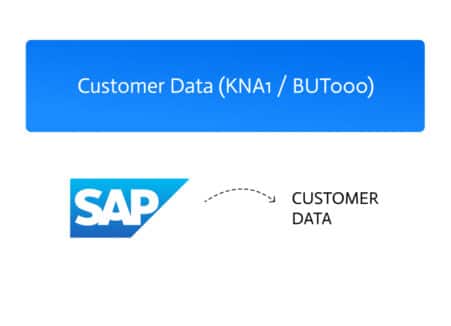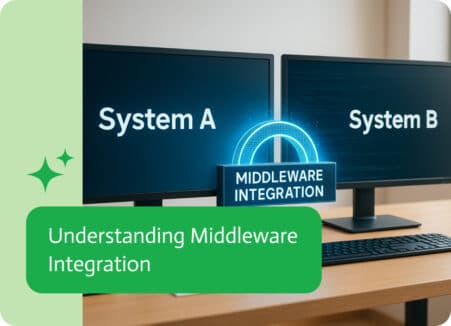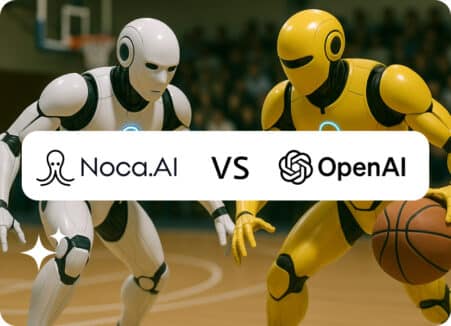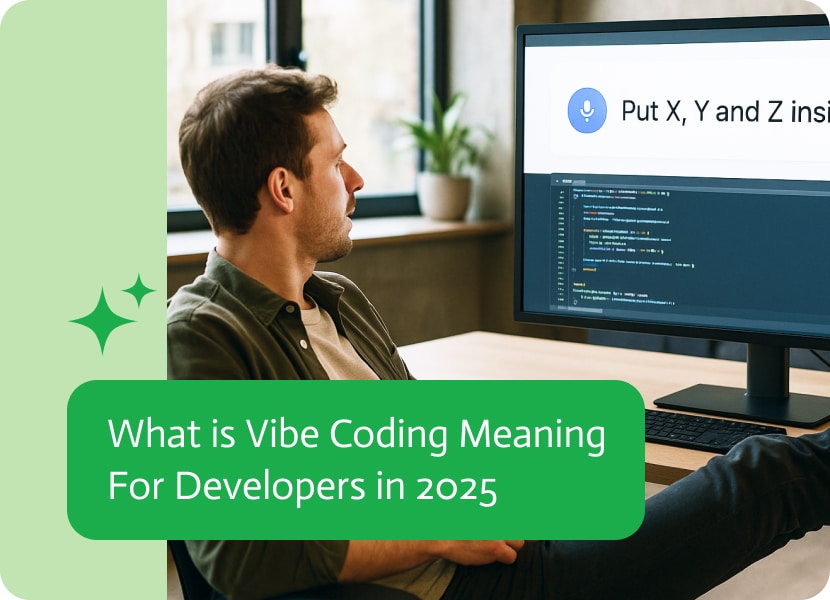
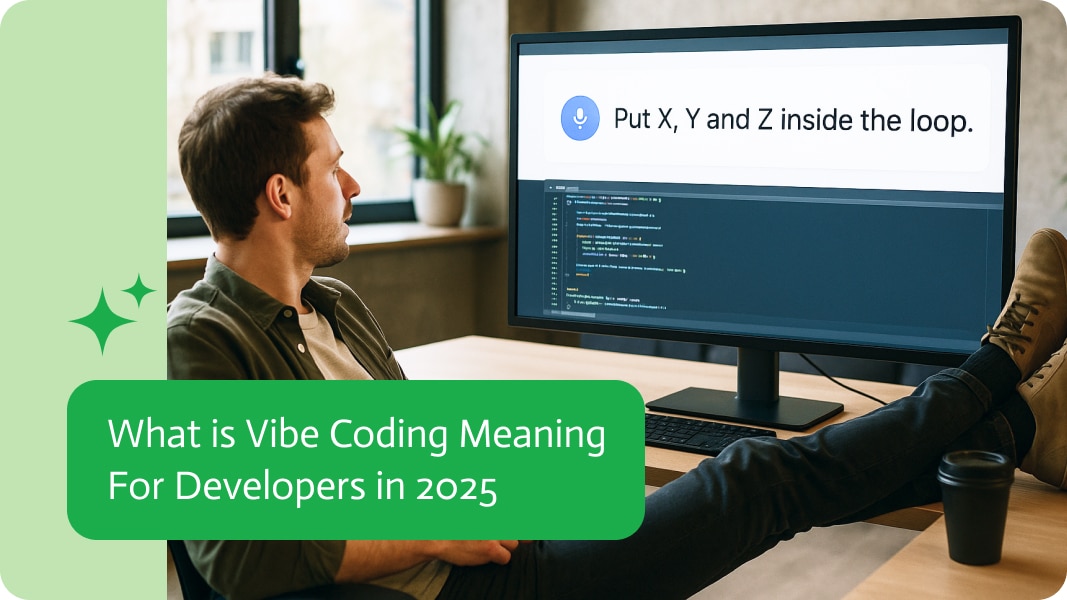
What is Vibe Coding Meaning For Developers in 2025
A really interesting change is happening in the world of software development, and it goes by the name of “vibe coding.” The term came from Andrej Karpathy, a well-known expert in artificial intelligence, and he uses it to describe a more relaxed, conversation-like way of working with code. With this fresh approach, people are moving away from rigid syntax and line-by-line debugging, choosing instead to talk about what they want in a project and letting smart language models fill in the details.
Noca takes this a step further by combining vibe coding with AI agents. These agents can actively assist developers by automating repetitive tasks, monitoring workflows, and suggesting improvements as the project evolves, making development faster, smarter, and more adaptive.
What Is Vibe Coding Then?
At its core, vibe coding accepts that today’s large language models are astonishingly capable. Rather than lose hours struggling with tricky syntax or rare commands, a developer or even a beginner can simply say what outcome they hope to see.
Picture asking a helpful assistant, I need a site that shows my product list, lets buyers add things to a cart, and safely handles payments, and almost before you finish the sentence, the basic building blocks start to appear. That faith in the model’s instincts-and in the casual, good-enough spirit behind the request, is what Karpathy means when he talks about giving in to the vibes.
The Power of Intuition: How Vibe Coding Helps
As vibe coding grows, it starts to change the way we think about and create tools for the web and phone screens. The perks of this approach touch almost every corner of the developer world:
Faster Prototyping and Exploration
The biggest win is speed. Developers no longer get stuck in long setup rituals or endless lines of template code. With vibe coding, an idea can slide from a daydream to a working demo in minutes instead of hours. That quick pace makes it easy to try out a dozen angles, tweak them, or junk them without burning too much time or money, so the room stays full of fresh ideas.
Lowering the Barrier to Creation
Building software used to sound like a dare for anyone who hadn’t spent years learning the craft. Vibe coding flips that story on its head. No,w folks with brilliant ideas but little old-school coding know-how can jump in. A small business owner imagining a custom stock tracker or a designer wanting to show off an interactive portfolio can simply explain what they want and watch it take shape.
Shifting the Cognitive Burden
Writing code the old way demands serious mental gymnastics. You have to keep syntax rules, library quirks, and tricky logic loops all in your head at once. With vibe coding, that low-level stuff gets passed to the language model. Developers can then channel their focus toward big-picture questions: What does the user really need? How should the system be structured? Is the whole app stable and easy to maintain?
By freeing up bandwidth on the details, human thinkers can spend their energy where it shines most, in creative problem-solving and strategic planning.
Facilitating Learning and Adaptation
Vibe coding also serves as a friendly tutor for brand-new coders and even grizzled pros diving into strange code seas. When they write natural-language prompts and watch the model spit out working code, they start to see patterns, loop structures, and handy tricks without endless Googling. It’s like having a teammate who translates ideas into program steps in real time. That hands-on demo speeds up learning and builds confidence much faster than dull tutorials ever could.
The Evolving Horizon: The Future of Vibe Coding
As LLMs continue their breathtaking pace of advancement, the future of vibe coding promises a fascinating transformation of the software industry:
The Rise of the Architect-Strategist
Software teams are already feeling a shift, and its steady creep shows no sign of braking. Sure, there will always be lines of code to write by hand, but those errands are heading toward the back seat. In the front seat sits high-level design, stitching together services, and solving tough puzzles that could trip most developers. From that seat, the programmer looks more like an architect-strategist, guiding a crew of fast-learning AIs that make up the code at the push of a button. The human eye will still matter a lot, spotting flaws, plugging security gaps, and steering loose bits into one sturdy app.
Sophisticated Collaboration Paradigms
Talking to today’s code-creating AIs feels a bit clunky, yet even that awkward dance is getting smoother by the week. Tomorrow, the exchange will no longer be one-line requests followed by one-line replies. Picture instead a back-and-forth chat where the AI pauses to ask what you really mean, tosses three ways to skin the same cat, then tweaks itself based on your nods or frowns. Debugging could feel like pairing up with a caffeinated intern, as you explain why something looks off and the bot fires back several fixes in seconds while you sip coffee.
Domain-Specific AI Specialists
Soon, industry-wide talk about general-purpose chatbots will shift to evolved language models built for narrow professional fields. Picture a system that rears itself exclusively on medical imaging documentation, spending weeks learning every compliance rule and library function; this digital expert could then write reliable code for a new X-ray analysis app almost without supervision. Another example might be an LLM focused on finance, trained with thousands of papers about microsecond trading and every tag from exchange APIs; that model would grasp the fine edges of low-latency algorithms the same way a seasoned quants team does.
By focusing on these subjects, niche AIs are likely to make software development quicker, accurate, and a lot less risky in industries where mistakes cost lives or millions.
Emphasis on Verification
As AI generates a growing share of code, the need for clear ways to check, test, and review that code becomes even more urgent. Humans will spend more time closely examining what the AI produces to confirm it is safe, fast, and free of defects. This small change could spark fresh tools, guides, and maybe even a new job title: AI Code Assurance Specialist.
A Whole New World For Creators
With vibe coding tools, coding is no longer the job of just developers. Subject experts, scientists, and abstract artists will use a simple prompt automation that will create apps that solve their own problems-without waiting for a full dev team. This easy access might ignite a boom of small, specifically designed programs which would have been too costly to build the old way.
Noca Vibe Coding in Action
Noca shows vibe coding at work and makes the idea feel real. Users write plain English descriptions, and the platform spins that text into a complete, enterprise-ready app. By skipping the usual lines of code, Noca takes a no-code, all-wonder stance, turning everyday language into software that slides right into your current business tools.
Features include:
- Natural-Language Generation: Just explain your screens and steps in plain words, and Noca.ai builds the UI and even backend logic for you, no coding needed.
- Effortless Integrations: Link new apps to CRMs, ERPs, or other systems simply by describing how you want them to talk, and the platform deals with the connections through native connectors.
- Adaptive Development: As your business changes, Noca.ai reads the new context-roles, data, and logic-and updates not only integrations but features as well, all on the fly so you stay current without extra work.
- Smart Collaboration: Designers, writers, and engineers can edit shared prompts and mockups at the same time, trade live suggestions, and push the project forward faster while sparking fresh ideas.
Final Thoughts
Even if the new coding scene feels chill and almost casual, we still have to keep a close eye on it. The craft of building software is shifting from typing every single line to steering, polishing, and double-checking what smart tools especially those driving AI app generation, spit out,v
Tomorrow’s app-development game won’t erase human coders; it will supercharge them. It frees them from the boring routine work and gives them room to think bigger. We’re not closing the programming book; we’re flipping to a new world where ideas take shape faster, build smoother, and flow more freely than ever before.
